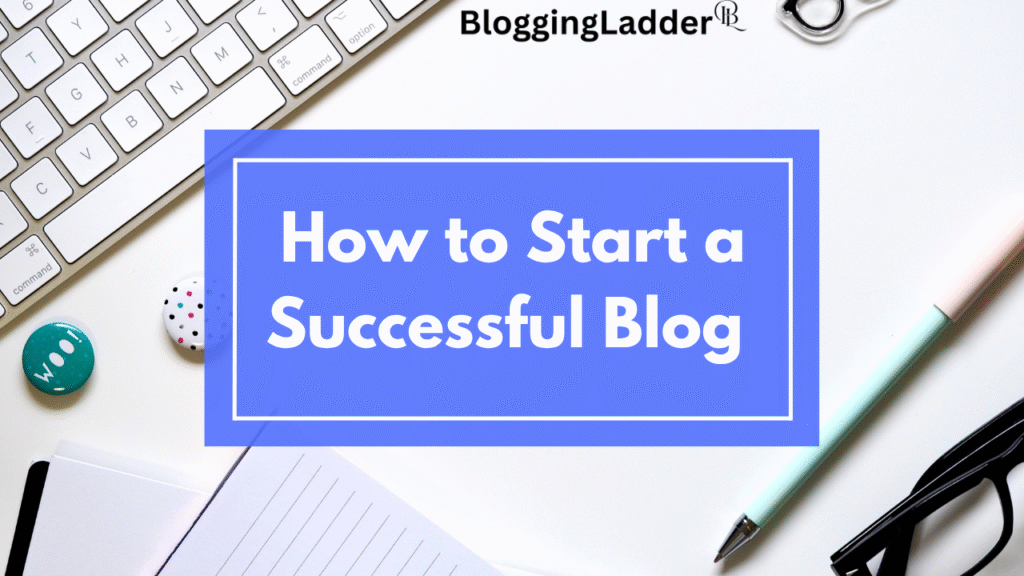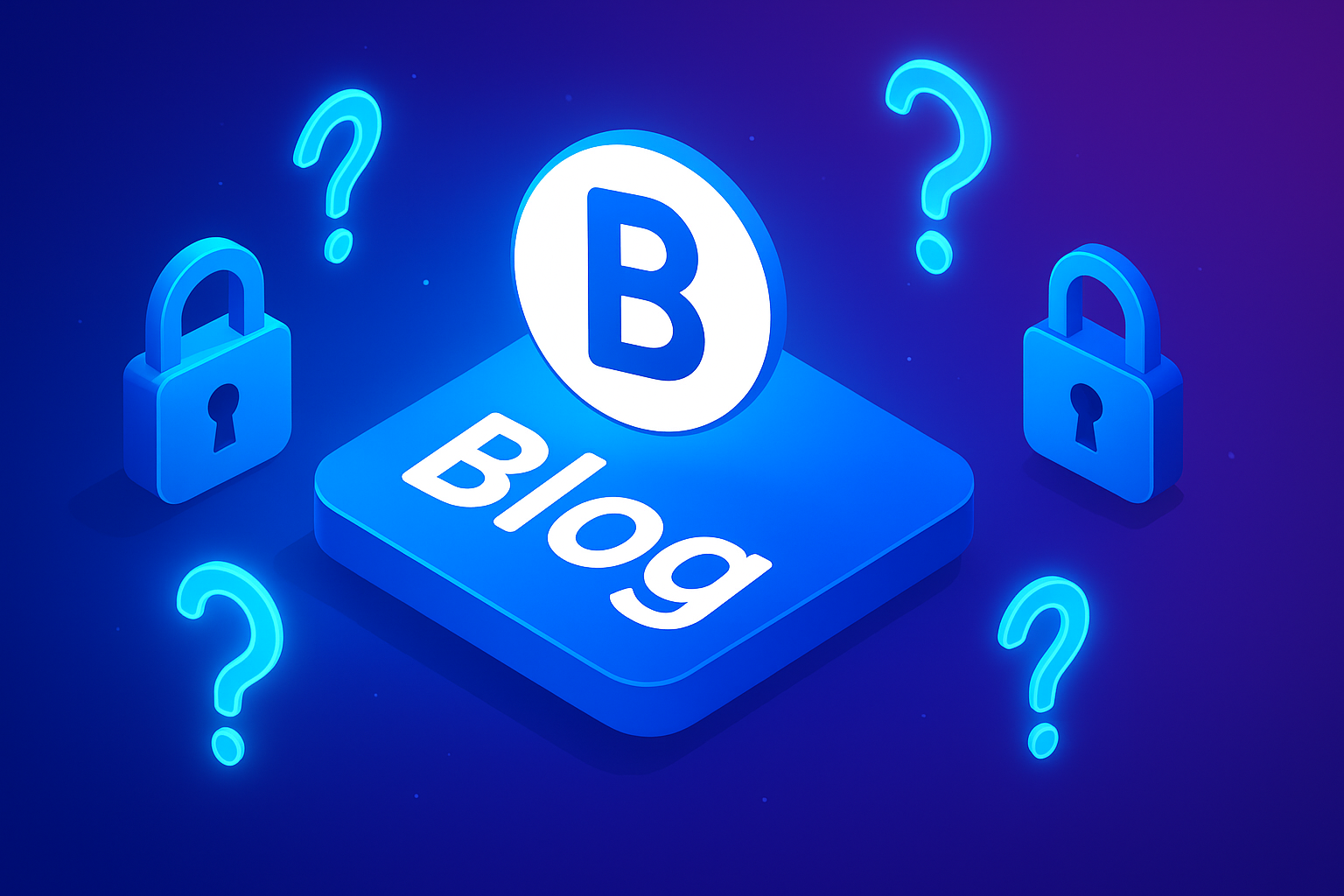So, you’ve been thinking about starting a blog in 2025 but don’t know where to begin? Good news—you’ve landed in the right place. Blogging isn’t dead, it has just evolved. Whether you want to share your passion, build a personal brand, or earn a full-time income online, blogging in 2025 is still one of the smartest moves you can make.
This guide is for absolute beginners and even those who tried blogging before but got stuck. By the end, you’ll know exactly how to start, grow, and monetize your blog.
What is Blogging in 2025?

Back in the early 2000s, blogging was mostly about online diaries. Today, it’s a billion-dollar industry. Blogging in 2025 means combining writing, SEO, social media, and digital marketing into a single powerful platform.
Blogging is still relevant because:
- Readers crave trustworthy, human-written content.
- People Google answers every single day.
- Businesses need blogs for content marketing.
Step 1: Choosing Your Niche
Your niche is your blogging foundation. Without it, you’ll struggle to attract readers.
- Evergreen niches: health, finance, tech, education.
- Trending niches: AI tools, NFTs, remote work.
- Validation tip: Check Google Trends, use keyword tools, and see if people are spending money in that niche.
Remember: A small, profitable niche is better than trying to blog about everything.
Step 2: Picking the Right Blogging Platform
There are many blogging platforms in 2025:
- Blogger (free but limited)
- Medium (good exposure but no ownership)
- Ghost (fast but costly)
- WordPress.org (the king of blogging)
If you’re serious, go with WordPress.org—it gives you control, flexibility, and growth opportunities.
Step 3: Registering a Domain Name
Your domain name is your online identity.
- Keep it short, brandable, and easy to remember.
- Avoid numbers and hyphens.
- Use a
.comif possible, but.aiand.ioare trendy in 2025.
Best domain registrars: Namecheap, GoDaddy, Google Domains.
Step 4: Selecting the Best Web Hosting
Hosting is where your blog “lives.”
Types of hosting:
- Shared hosting: cheap but limited.
- VPS hosting: balance between price and power.
- Cloud hosting: scalable and fast (best choice in 2025).
Top providers in 2025: Bluehost, SiteGround, Hostinger, Cloudways.
Step 5: Setting Up Your Blog
- Install WordPress (one-click install).
- Configure settings: permalinks, security, backups.
- Choose a theme that’s fast, responsive, and customizable.
Step 6: Essential Plugins and Tools
Your blog needs the right tools:
- SEO: Rank Math, Yoast SEO.
- Security: Wordfence, Sucuri.
- Performance: WP Rocket, LiteSpeed Cache.
These tools save time and boost your site’s performance.
Step 7: Designing Your Blog
First impressions matter. A clean, mobile-friendly design keeps readers hooked.
- Use professional images and graphics.
- Focus on readability (fonts, spacing, colors).
- Create a strong brand identity with a logo.
Step 8: Writing Your First Blog Post
Don’t overthink it—just start writing.
- Pick a beginner-friendly topic.
- Use H1, H2, H3 for structure.
- Add keywords naturally.
- Keep paragraphs short and conversational.
Remember, your first post doesn’t have to be perfect—it just has to exist.
Step 9: Creating a Content Strategy
Consistency is the key to blogging success.
- Plan a content calendar (weekly or bi-weekly).
- Balance evergreen posts with trending topics.
- Update old posts regularly to stay relevant.
Step 10: SEO for Blogging in 2025
Without SEO, your blog is invisible.
- On-page SEO: optimize titles, meta descriptions, images, and internal links.
- Off-page SEO: build backlinks through guest posts and networking.
- AI tools: SurferSEO, Jasper, and Clearscope make optimization easier.
Step 11: Promoting Your Blog
Writing isn’t enough—you need to promote.
- Social media marketing: TikTok, Instagram, X (Twitter).
- Email marketing: build a list from day one.
- Collaborations: guest posts, podcasts, and influencer partnerships.
Step 12: Monetizing Your Blog
Once traffic starts coming in, it’s time to make money.
- Ad networks: Google AdSense, Ezoic, Mediavine.
- Affiliate marketing: promote products in your niche.
- Digital products: eBooks, online courses, templates.
Pro tip: Build multiple income streams for stability.
Step 13: Common Mistakes to Avoid
- Ignoring SEO
- Writing without a strategy
- Not building an email list
- Giving up too early
Blogging success comes with patience and consistency.
Step 14: Scaling Your Blog
As your blog grows, you can scale:
- Outsource writing, design, or SEO.
- Hire freelancers or build a small team.
- Expand into YouTube, podcasts, or digital products.
Step 15: Future of Blogging Beyond 2025
The blogging landscape is changing.
- AI tools will make research and SEO faster.
- Video + blogging combo will dominate.
- Trustworthy content will beat AI-generated spam.
If you adapt, blogging will remain profitable for years to come.
Conclusion
Starting a blog in 2025 is easier than ever, but success requires consistency, strategy, and patience. Don’t wait for the “perfect” time—start today, learn as you go, and watch your blog grow into a powerful online asset.
FAQs
1. What’s the best blogging platform in 2025?
WordPress.org remains the best choice for serious bloggers because it offers flexibility, scalability, and ownership.
2. How much money can I make blogging?
Income varies. Some bloggers make $100/month, while others earn six figures. It depends on your niche, traffic, and monetization strategy.
3. How long does it take to rank a new blog?
Typically, 3–6 months with consistent SEO and quality content.
4. Do I need to know coding to start a blog?
No. WordPress and page builders like Elementor make blogging beginner-friendly.
5. Is blogging still profitable in 2025?
Absolutely. Blogging remains one of the best ways to earn passive income online, especially when combined with SEO and monetization strategies.



Pingback: 62+ Sad Broken Heart Instagram Captions | Caption Hype